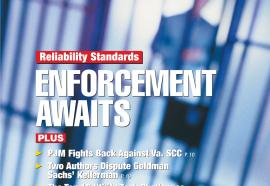Life Along the Potomac
What federal regulators should do to ensure security, reliability, and cleaner air in our nation’s capital.
The District of Columbia Public Service Commission successfully has used two little known provisions in the Federal Power Act (FPA) to prevent an aging generating plant crucial to the national capital region’s reliability from being abruptly shut down by Virginia’s environmental regulators. In the end, the immediate threat to the region’s reliability was obviated while the environmental concerns associated with the plant were not ignored. The action resulted in a model for how federal energy regulators and environmental regulators can address similar problems in the future.











